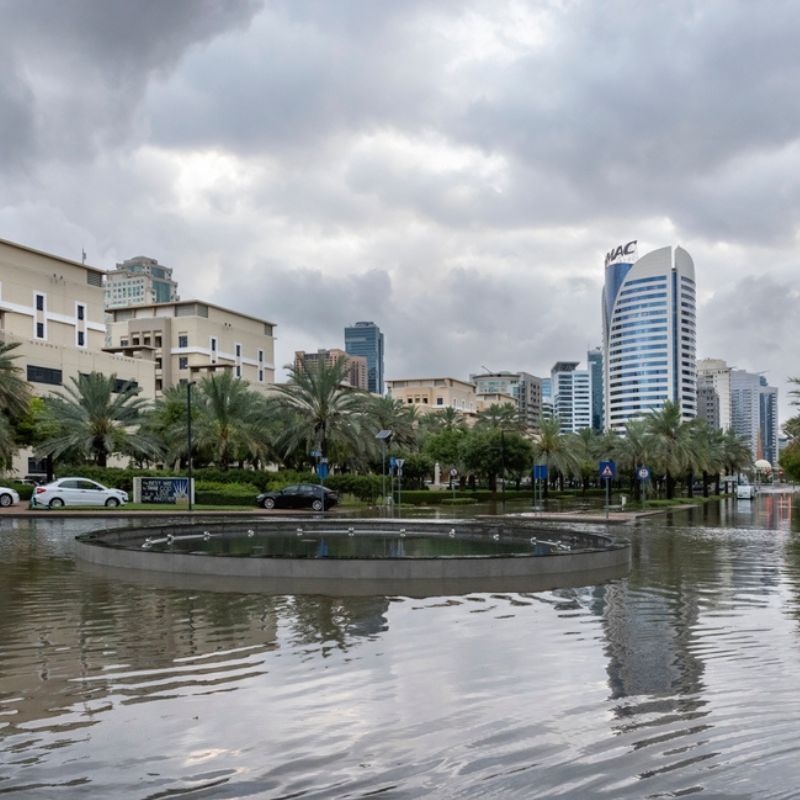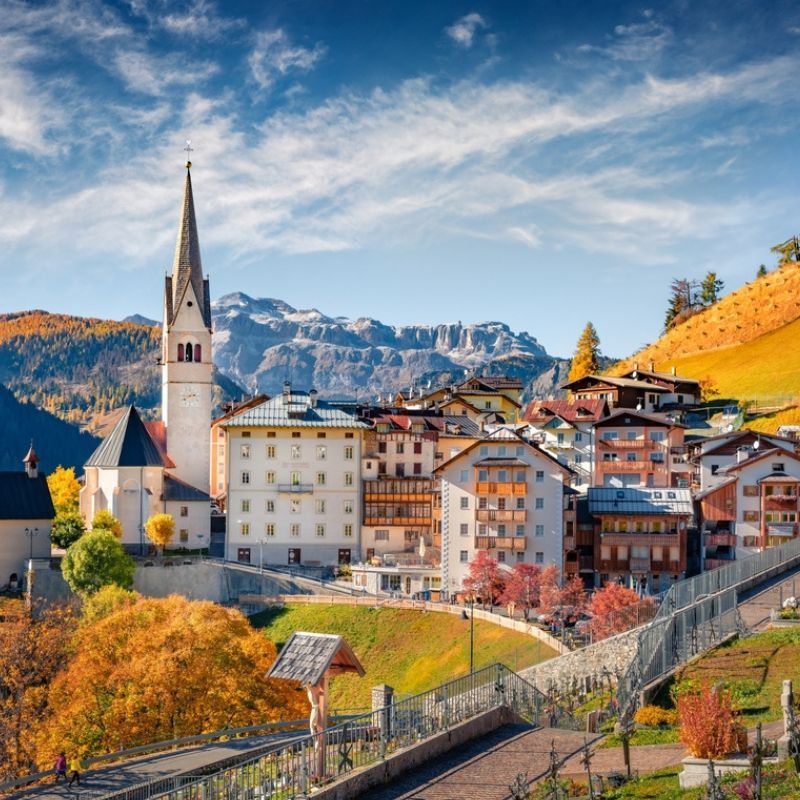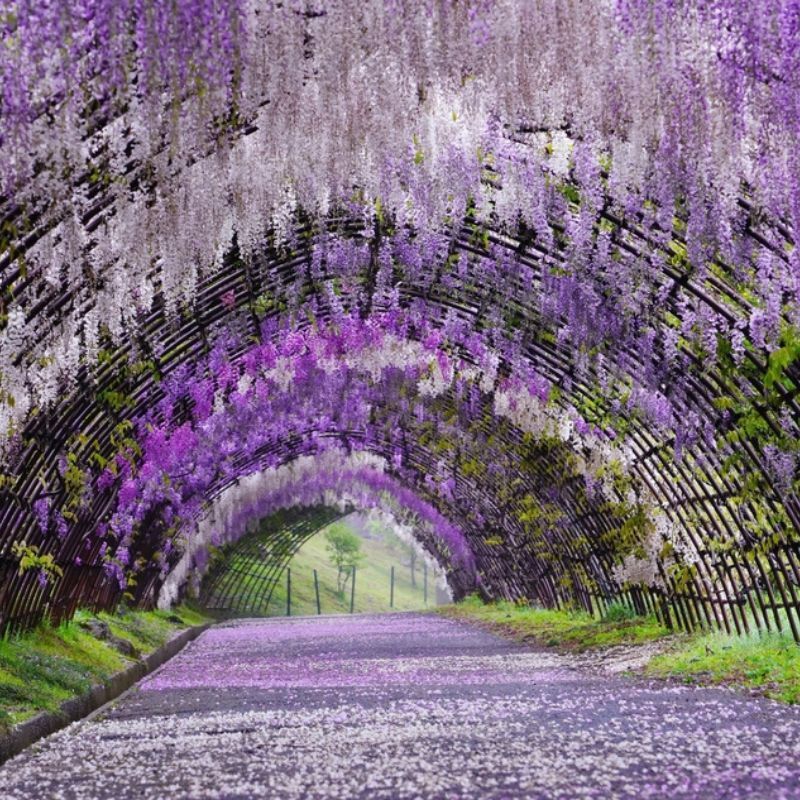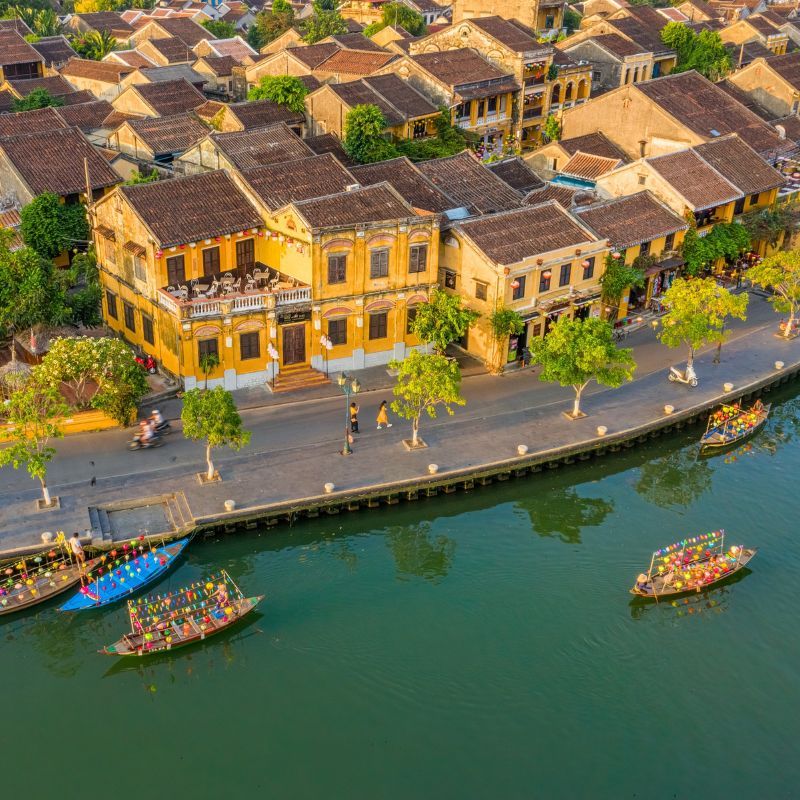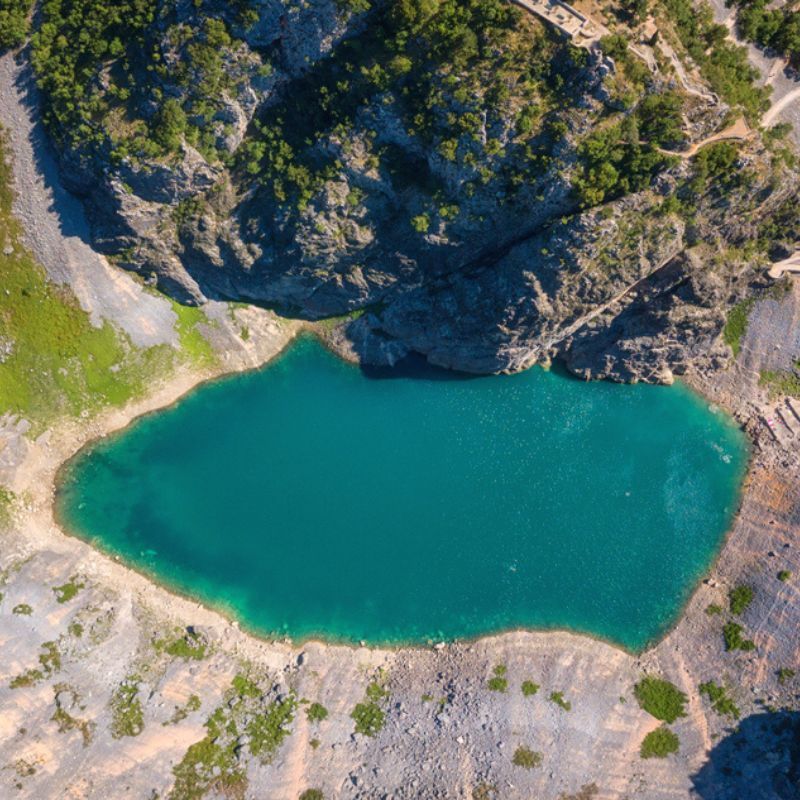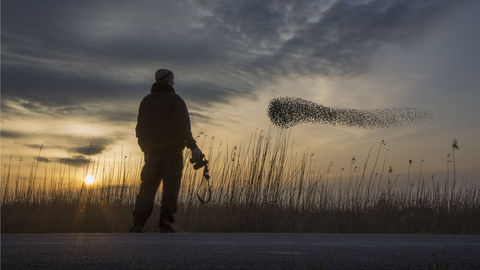
Go beyond chasing the big cats at the Satpura National Park in Madhya Pradesh to discover an astounding range of feather friends and a newfound love for birding. By Gayatri Moodliar
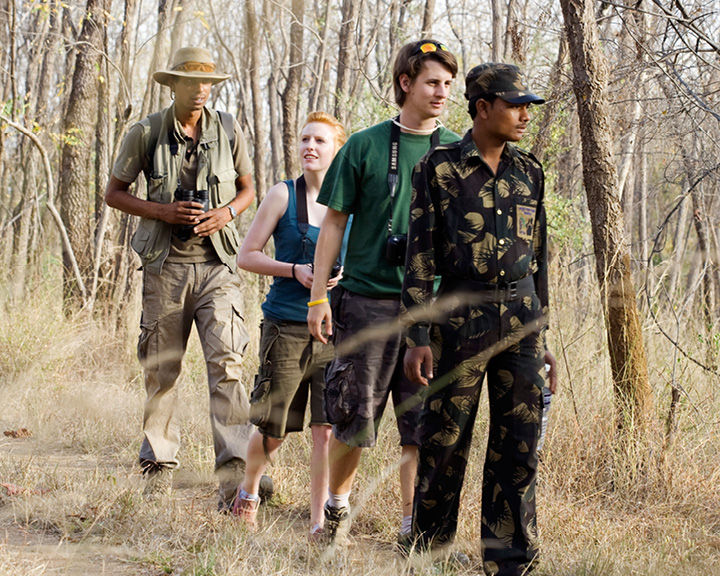
To say going birding is like finding a needle in a haystack would be an understatement. Not only because most needles don’t willfully move from their spot, but also due to the fact that it isn’t necessarily a 360°, all-senses engaged activity. Birdwatching, on the other hand, is something that could demonstrate to you just where exactly your observation skills lie on the spectrum. And if you’re a first-time ‘birder’, you can be rest assured of disappointment, albeit briefly.
Brief because the learning curve is steep and momentous. When you set out initially, binoculars slung around your neck, surrounded by experienced enthusiasts, it’s a given that you’re going to miss the whizzing of feathers, the slight tremble in the leaves and the faint call from one to another, often a polite suggestion to fly away from potential danger. But then, it becomes an addiction. To be able to identify that Hume’s Warbler, even though all you see is a shape silhouetted against a leaf of broadly the same colour, becomes something you need to do. To realise that there’s some prey lying in the middle of the forest because a flock of Serpent Eagles are descending in a circle becomes second nature. To understand the avian world soars to becoming a newfound want.
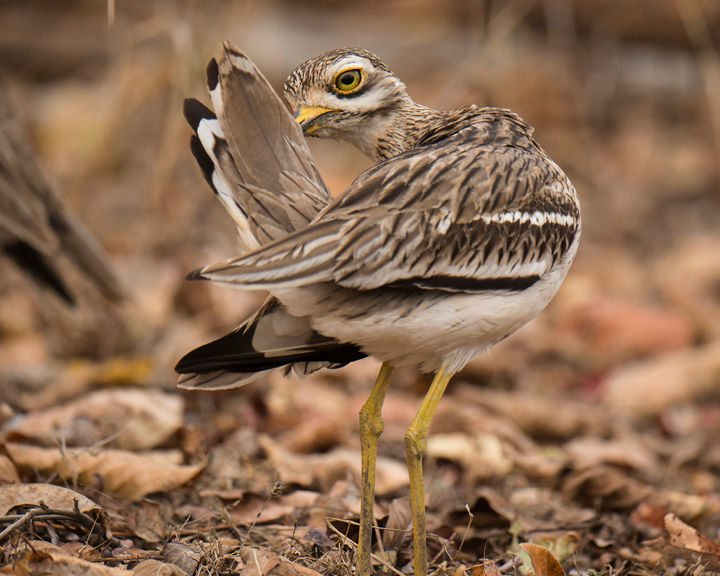
At times, it feels a bit intrusive. The intentional setting out with the capability to zoom in on a creature’s mannerisms and behaviour, all the while timing your travels with a documented timetable of their movements. But in Satpura National Park—a reservoir of feathers—the groups that set out have a more noble aim than just visual absorption. It’s a community consisting of people who have been birding for decades, all with a single aim: to help understand the birds present in the reserve, the areas various species dominate, and the ones that need protection. That’s the difference.
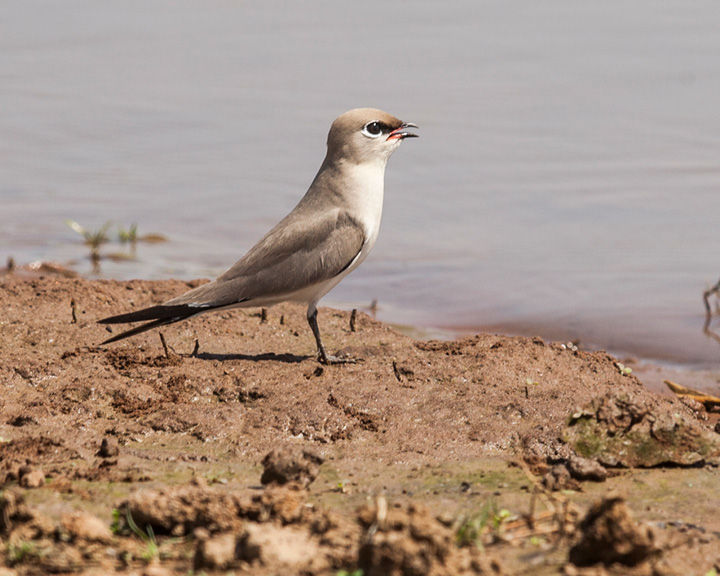
Once a year, this group goes out to not look at birds, but look for birds. It’s not the most exotic and rare find that gets applauded, it’s the sum at the end of those two days of fine-tuned concentration. They step out in small groups, in silence. The Plum-Headed Parakeet that’s been spotted by one is conveyed to the other through a slight nod of the head in the direction, a verification of the first in order to note it down as a legitimate find. And just then, its mate is seen on the trail, searching, it seems, for the first. That’s the other side of birdwatching. In one trip, you’ve already seen the behavioural patterns of tens of species. Some prefer to keep to themselves; some, like the Drongos, are found together, and in Satpura, quite often.
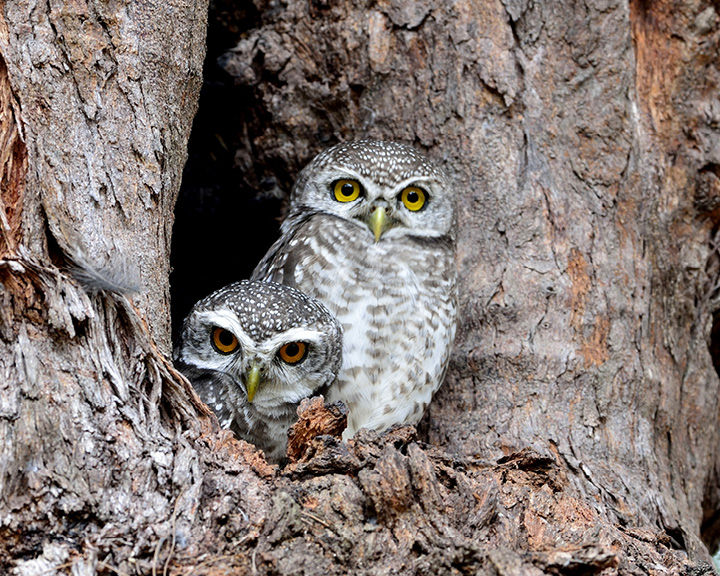
While only in its second year, the Satpura Bird Survey is a display of the power of crowdsourced observation and the power of numbers. The details found out at the end are a showcase of the ecology of the entire reserve, and not just the birds. A slight dip in one area when compared to the previous year’s could be a result of human interruption, climatic change or an undetermined reason that needs investigation. If their movements change, it’s a reflection on the habitat and how it doesn’t support its inhabitants anymore—it’s a reflection of us, a call to action (or the lack of one).
For those nervous about birding, or who think that it’s dull, try stopping for a minute and paying attention to what’s around you, the swift movements in the bushes, the dropping of a branch or leaf. Then, try closing your eyes and letting your ears take the lead. That’s when you’ll reach the meditative state that ardent fans speak of when describing birdwatching. And there are enough tools available to help you identify your new friends; guides detailing their behaviour, gigabytes of audio clips to match what you hear with, and more than anything else, a community here to direct your vision.
Birds To Watch Out For
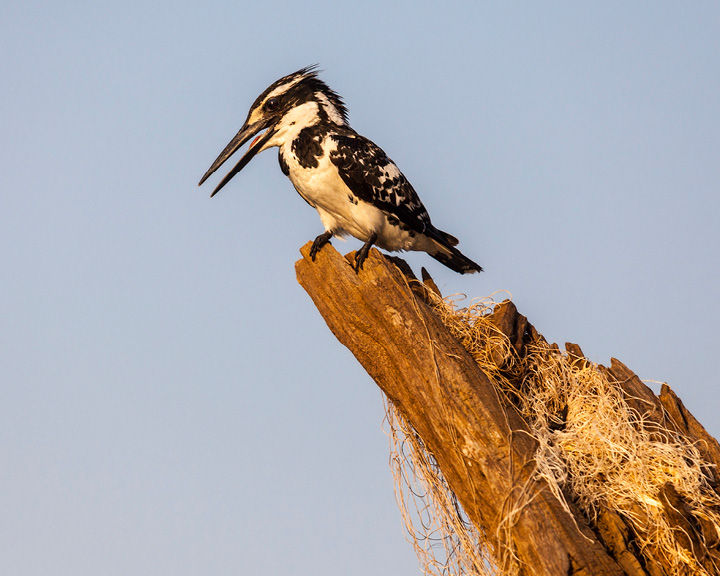
Among the 300 oft-spotted bird species in Satpura National Park, the most common ones are honey buzzard, black eagle, rufous-bellied eagle, shahin falcon, bonelli’s eagle, mountain hawk eagle and vultures. The grey and red jungle fowl, Malabar pied hornbill, paradise fly catcher, migrant waterfowl, bar-headed goose, pintail, garganey, pochard, ruddy shelduck and Indian Skimmers.
Getting There
The nearest airport is 200 km away in Bhopal, which is connected to major Indian metros like New Delhi, Mumbai, and Chennai. Ask the hotel or resort to arrange for pick up from the airport.
When To Visit
The Satpura National Park is open for tourists from October 1 to June 15.
Where To Stay
Forsyth Lodge provides premium accommodation right in the middle of the Satpura National Park. Rooms start from INR15,000.
Ideal For
Birdwatchers and nature enthusiasts.
Discover This
Besides birdwatching, one can also book a safari with a local agency to spot leopards, Four Horned Antelope, Indian Bison, and rusty-spotted cat—the smallest wild cat in the world. One can also find habitats for fish, crocodiles and otters where Tawa Reservoir and River Denwa submerge.
Related: 5 Impressive Wildlife Parks In Maharashtra That You Must Explore This Year


